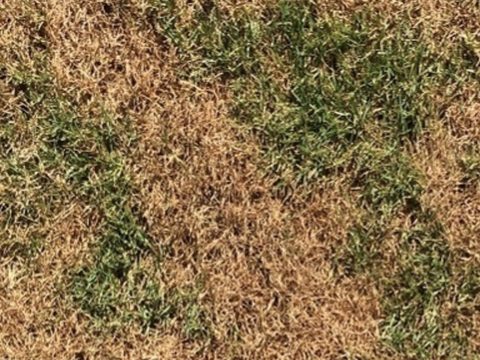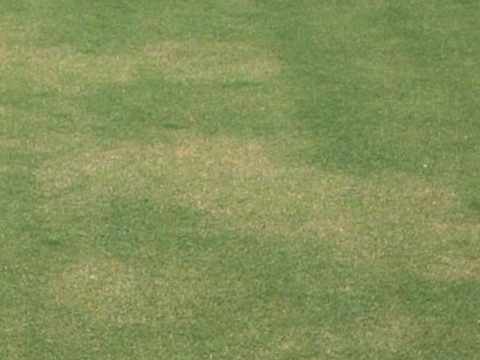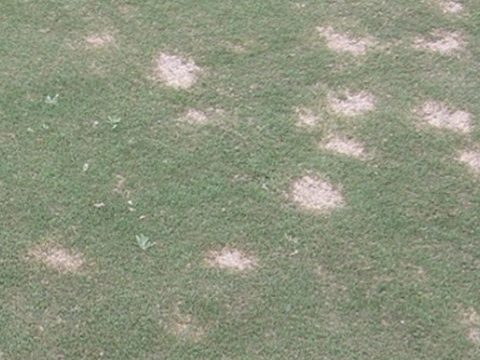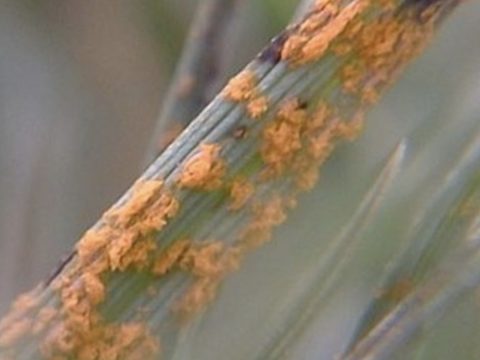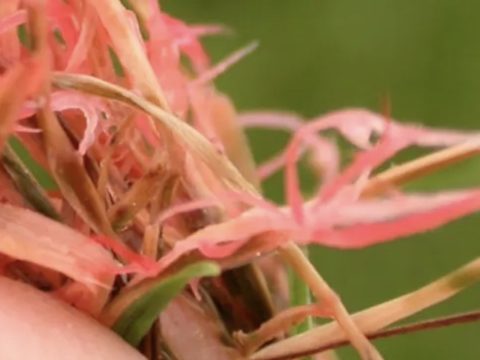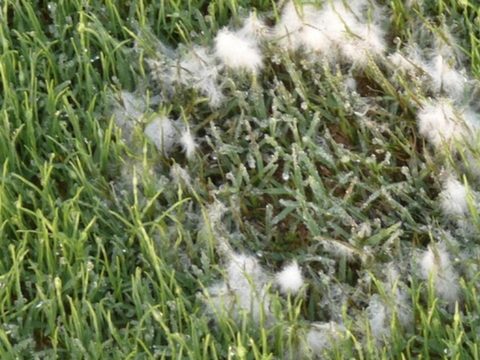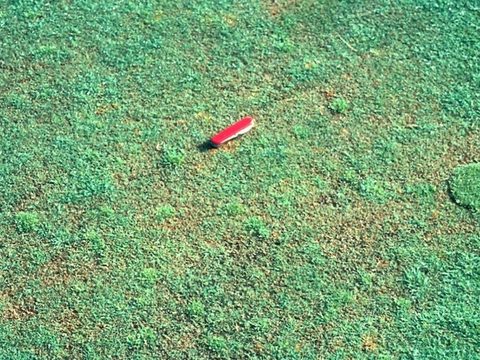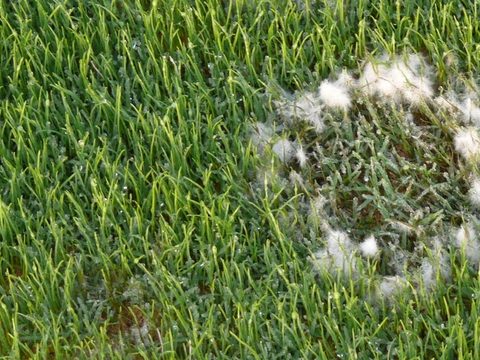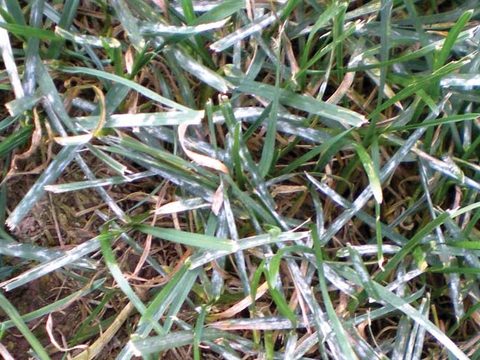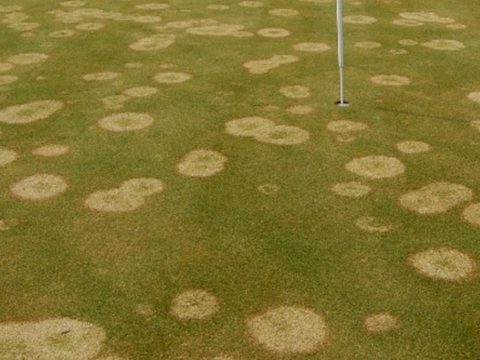South Africa Turf Disease Guide - Fairy Ring
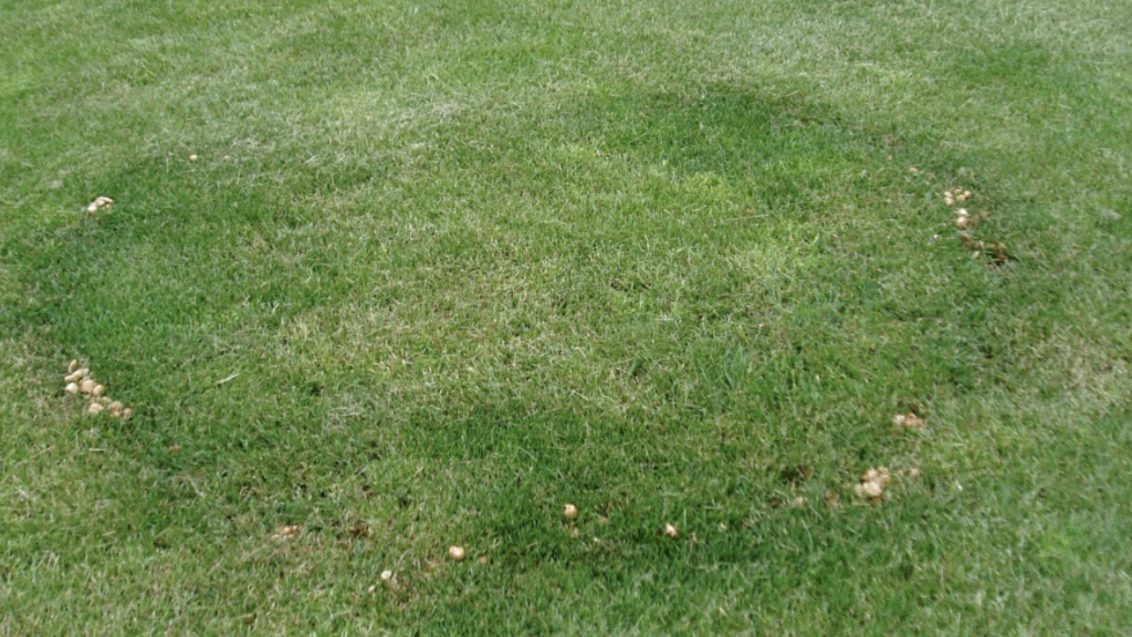
Varying Causes and Symptoms:
Three types of Fairy Ring symptoms can change the appearance and/or health of turfgrass.
Both warm and cool season grasses are susceptible to Fairy Ring, and the disease is most damaging in the sandy soils that are preferred for putting greens. By creating optimal playing conditions for the golfer, we also create optimal growing conditions for fairy ring pathogens.
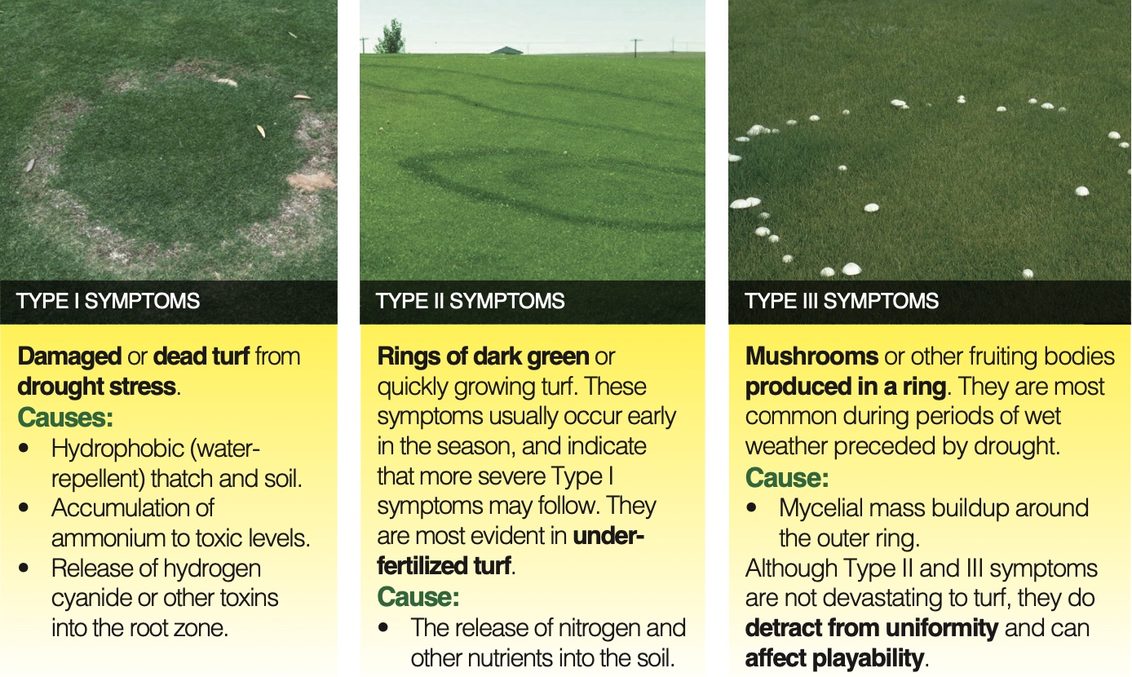
Integrated Turf Management Tips:
- Maintainregular,preventiveapplicationswithHeritageMaxxthroughouttheseason.
- Initiateapplicationsearlyintheseasonwhensoiltemperaturesreach12°Cto15°C.
- Delivertheactiveingredienttotheinfestedzoneofthesoilprofile.
- Applysoilsurfactantsregularlytomaintainsoilconditionsandturfhealth.
- Preventivefungicideapplicationsdonotrequiretank-mixing with a soil surfactant, but curative applications generally do.
- Determinehowdeepfairyringinfestationisforwatering-inproductapplications.
- 2.5–3.8mm of irrigation is needed if limited to the thatch layer.
- 6.3mm of irrigation if 50-80mm deep in soil.
- Repeat applications on regular intervals to maintain consistent suppression in the soil.
Fungicides are a long-term, preventive approach, not a short-term fix.
Superficial Fairy Ring
Causal Agent:
Coprinus kubickae, Melanotus phillipsii, Trechispora alnicola, Trechispora cohaerens, Trechispora farinacea, other species
Susceptible Turfgrass:
Most species of warm and cool season turfgrass
Symptoms:
Symptoms vary depending on the type of Superficial Fairy Ring. This disease can cause patches with felted, white mycelium. Sometimes the patch is sunken and has a ring that measures approximately 2.5 cm wide at the border. Also, the lower leaves on the turfgrass in the affected areas can die.
Conditions Favouring Disease:
Superficial Fairy Ring is favored by the summer season for cool season turfgrass. For areas where warm season turfgrass is the principle turfgrass species and dormancy is sporadic or doesn’t occur, superficial fairy ring can be a common problem. While the patches typically disappear in the cool seasons for cool season turf or in the summer for warm-season turf, they can remain if the turf is not properly managed.
Integrated Turf Management Tips:
- Maintain adequate fertilization to minimize symptoms
- Reduce thatch by vertical cutting and aerifying
- Topdress and cultivate turf to control mat and thatch
- Improve soil drainage
- Increase mowing height
Just tap the links below to read about other turf diseases. Or download the full free guide at the bottom.
- Anthracnose
- Brown Patch
- Brown Ring Patch (Waitea Patch)
- Dollar Spot
- Fairy Ring
- Superficial Fairy Ring
- Grey Leaf Spot
- Large Patch
- Microdochium Patch
- Powdery Mildew
- Pythium Blight
- Pythium Root Rot (Root Dysfunction)
- Red Thread
- Rhizoctonia Zeae (Rhizoctonia leaf and sheath spot)
- Rusts: Crown, Leaf and Stem
- Spring Dead Spot
- Summer Patch
- Take-all Patch and
- Take-all Root Rot
If you would like to have a complete copy with all the turf diseases, you can download it on the link below.



